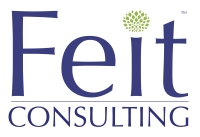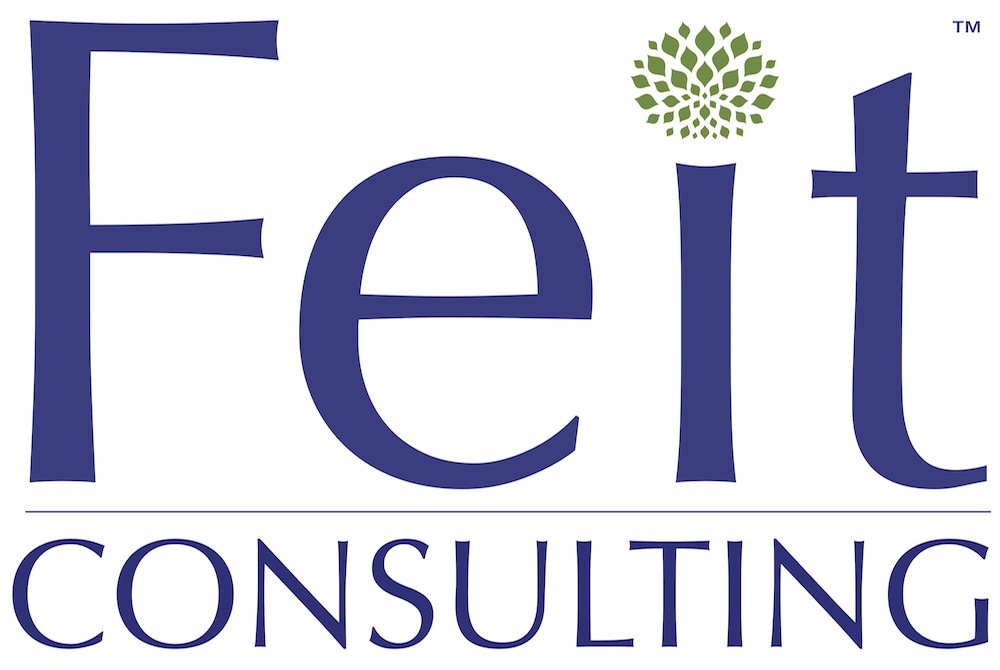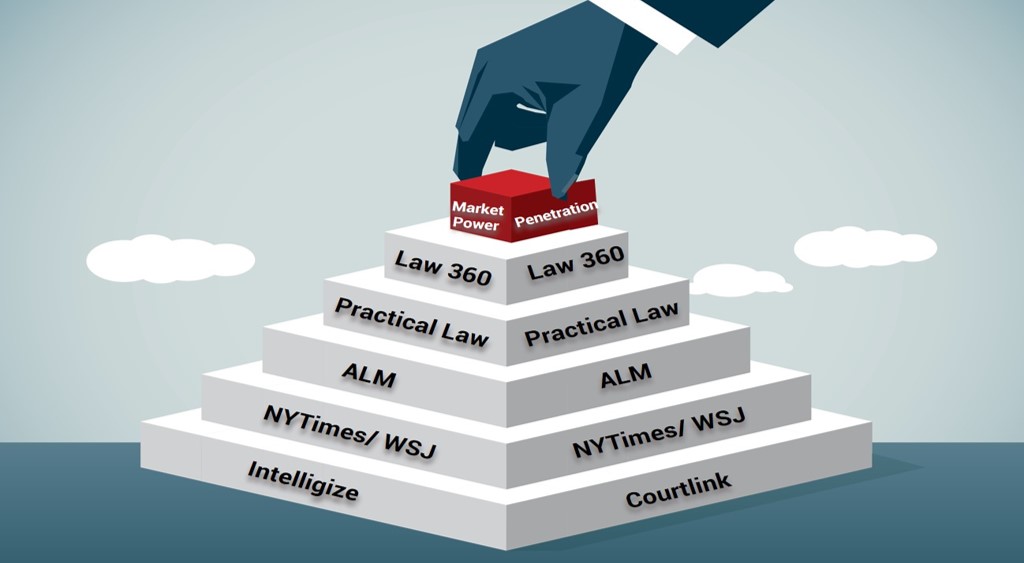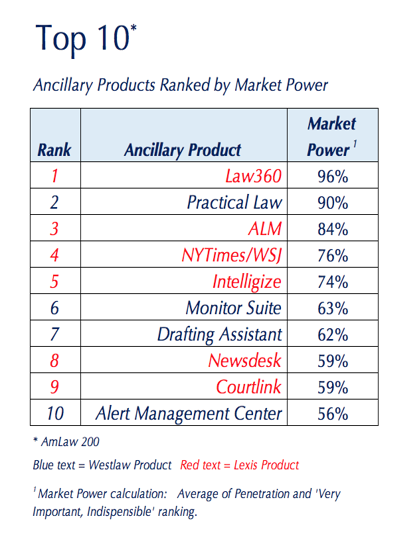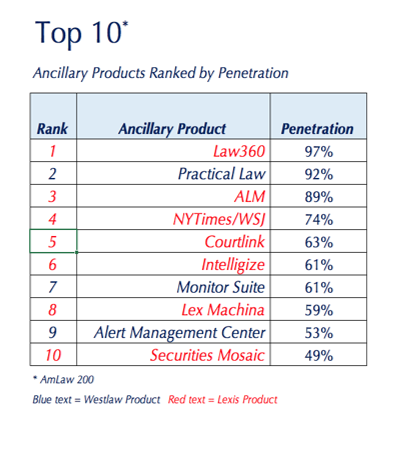
Do “They” Know You Exist? Marketing Library & Information Services in Law Firms Part III: Branding
By Becky Bowman and Stuart Zimmerman | Feit Consulting
In this three part series, we have been examining ways information professionals can demonstrate their value. As talk of a 2020 recession continues and as firm leadership feels the pinch of expenses outpacing revenue as we come to the end of 2019, cost centers like your firm’s library become even more scrutinized than normal.
Part I focused on how information professionals can work with their attorneys to show that business value; in Part II, we looked at demonstrating value to firm leadership. In this final piece, we look at branding your firm’s information services.
Branding is another tool to help build the profile of the library/information services department. Consider developing a departmental logo. Use logos liberally to brand communications, deliverables, and web resources coming from the library. If you are lucky, the firm’s graphic designers may be able to craft something that ties in with the firm’s logo. Appearance matters here – brand all of the work products that have been touched in some way by the library or research department.
Law firm departments tend to become siloed, so it is key to ensure your material is branded to reinforce the value your department provides. It is all about keeping the name of the library/information services department top of mind. If your colleagues are actively aware of the departments value, you are one step ahead of the game and standing out – but be consistent.
Branding involves building blocks and consistency is the foundation. For this is to take off you need to ensure your team is aware of the goals and process. Librarians are the brand ambassadors of the legal information services department and it takes a unified village to meet your goals.
Marketing plays a huge part in how we present ourselves to the firm and how “they” see our value. It is all about realizing the opportunities and build in ways to routinely tell stories of success, backed with meaningful metrics. Make sure that firm leadership knows the value that the library brings to the firm!
Did you know? Feit Consulting offers Contemporary Library Solutions, examining and recommending changes to save the firm/organization money, improve efficiencies, and maximize utilization of resources. Contact Feit Consulting today to set up a free consultation on modernizing your Law Library.

About the Author
Becky Bowman, Law Library Consultant Becky served as the Chief Research and Information Analysis Officer for Am Law 100 firm, Baker Donelson for 32 years where she ultimately led a team of 5 to serve 750+ attorneys across 23 domestic locations. Becky’s accomplishments at Baker were multiple, including transforming the library from print to digital, overseeing the efficient combination of 15 mergers and acquisitions of library materials, and successfully rebranding her department, and achieving buy-in from key stakeholders. Her exceptional experience is invaluable for clients as they assess the actual total cost and value of their library and research department including current print and digital collections, vendor contracts, as well as consider cultural and workflow disruptions or benefits in moving to an outsourcing vendor.

About the Author
Stuart Zimmerman, Law Library ConsultantStuart provides strategic input on library and research services in large law firms with a focus on library audits, the development of best practices for the delivery of library services, and the implementation of new generations of digital resources for research and library administration. Stuart brings more than 25 years of law library experience both in law firms and public law libraries. Prior to joining Feit Consulting, Stuart was Director of Research and Information Services for Davis Wright Tremaine LLP where he transformed a patchwork of individual law office libraries into a coordinated, efficient, contemporary, firm-wide library system providing high-quality research and library services across nine offices.
